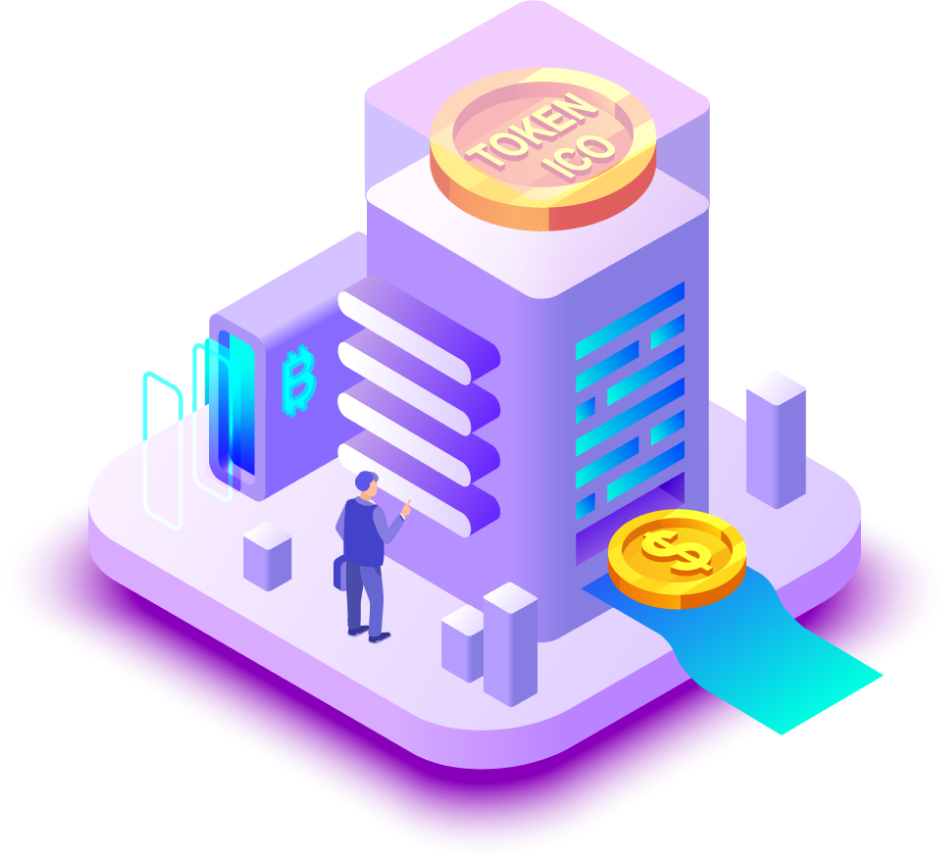The digital world is rapidly transforming how we interact with and own assets. One of the most groundbreaking innovations in this sphere is asset tokenization. But what exactly is it, and why is it poised to revolutionize investment and ownership?
At its core, asset tokenization is the process of converting rights to an asset into a digital token on a blockchain. These assets can be tangible, like real estate, art, or commodities, or intangible, such as intellectual property, stocks, or bonds.
Think of it like this: instead of owning a physical deed to a property, you own a digital token that represents your share of that property. This token is securely recorded and transferable on a blockchain, a decentralized and immutable digital ledger.

How Does it Work?
A self-executing smart contract is developed to define token rules such as transfer, trading, and rights. This code enforces the agreement terms automatically on the blockchain.
The issuer ensures the process follows all legal and regulatory requirements. This safeguards investor interests and ensures the offering is legitimate.
The issuer chooses the asset to be tokenized, such as real estate, equity, or commodities. This decision is based on the asset’s suitability for tokenization.
Digital tokens are created on a blockchain to represent shares or interests in the chosen asset. These tokens follow the rules set in the smart contract.
Tokens are distributed to investors through regulated channels like STOs. Once issued, they may be traded on compliant digital asset exchanges.

Tokenization can make traditionally illiquid assets, like real estate or fine art, much easier to buy and sell. Instead of lengthy and complex sales processes, tokens can be traded quickly and efficiently on secondary markets.
This is perhaps one of the most significant advantages. Tokenization allows assets to be divided into smaller, more affordable units. This democratizes access to investments that were previously only available to wealthy individuals or institutions. Imagine owning a small fraction of a commercial building or a rare piece of art.
All transactions and ownership records are immutably stored on the blockchain, providing a high degree of transparency and auditability. This can reduce fraud and disputes.
By automating processes through smart contracts and reducing the need for intermediaries, tokenization can significantly lower transaction costs and speed up settlement times.
Tokenization can open up investment opportunities to a global pool of investors, breaking down geographical barriers.
Smart contracts allow for innovative features to be built into tokens, such as automated dividend distribution, voting rights, or even dynamic royalty payments for creative works.
Commercial properties, residential homes, rental units.
Shares in private or even public companies.
Bonds, loans, and other forms of debt.
Paintings, sculptures, rare memorabilia.
Gold, oil, agricultural products.
Patents, copyrights, music royalties.
Asset tokenization is more than just a technological fad; it represents a fundamental shift in how we think about ownership and investment. As the technology matures and regulatory frameworks become clearer, we can expect to see a significant increase in the tokenization of diverse assets. This will likely lead to more inclusive, efficient, and transparent financial markets, unlocking new opportunities for investors and asset owners alike.
Navigating the complexities of this emerging field requires expertise and tailored approaches. At Saatrop, we understand the transformative power of asset tokenization and offer customised tokenisation solutions designed to meet your specific needs and help you unlock the full potential of your assets in the digital economy.